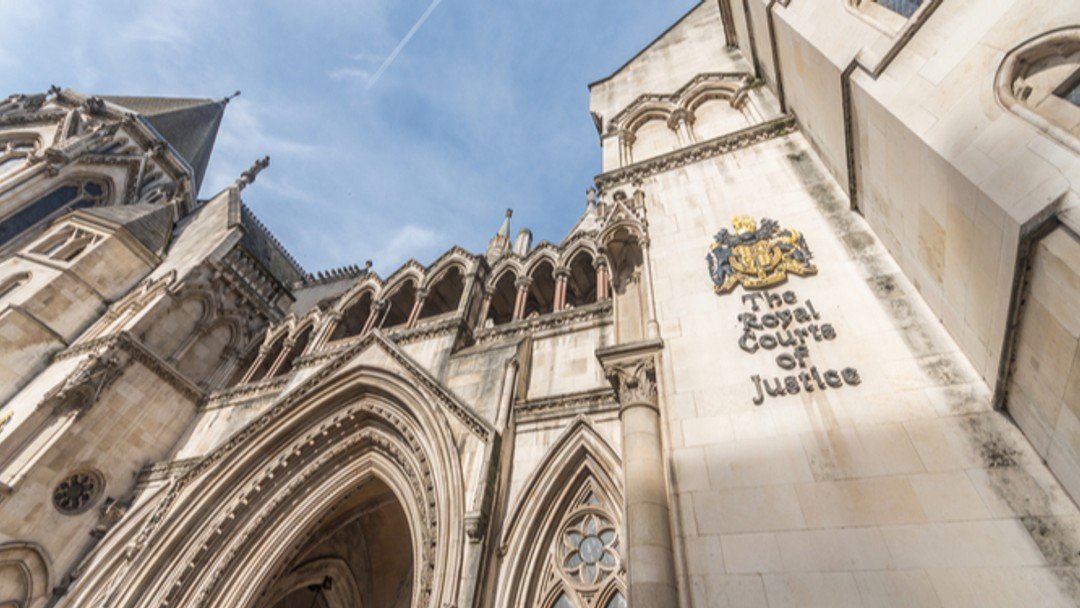Hunt v Singh: the lay of the land on director’s duties following Sequana

In exploring the Hunt v Singh decision, Jonathan Gorman clarifies when directors' duties to creditors arise, emphasising knowledge of insolvency risks over mere financial distress
The English High Court decision of Hunt v Singh [2023] EWHC 1784 (Ch), or Hunt v Singh has provided the most substantive authority on directors' duties to creditors since the long awaited decision of the Supreme Court in BTI 2014 LLC v Sequana SA and others[2022] UKSC 25, or Sequana. Hunt v Singh specifically considered the point at which a director’s duty to take into account the interests of creditors arises.
The decision in Sequana was met with uncertainty and a degree of frustration among professionals in the insolvency industry. Indeed, it raised about as many questions for practitioners as it answered regarding the duty of directors to take into account the interests of creditors in certain circumstances.
Accordingly, insolvency practitioners waited with bated breath for the judgment of Hunt v Singh which they hoped would provide some clarity to the Sequana judgment – specifically in the context of whether the duty arises where a company is in fact insolvent, but the directors wrongly believe the liability giving rise to the insolvency has been effectively avoided.
Hunt v Singh
From 2002 until 2010, Marylebone Warwick Balfour Management Limited, or the company, entered into a scheme using employee benefit trusts to avoid incurring liabilities to HMRC for PAYE and NIC. However, liabilities were ultimately assessed in excess of £36m and in 2013 the company was placed into liquidation. Stephen Hunt of Griffins, liquidator of the company, advanced various claims against a number of directors.
At first instance, the directors were not found to be in breach of their duty to creditors, having entered into the scheme for genuine commercial reasons and in reliance of professional advice from their accountants. The purpose of the scheme was distinguished from the consequence. The liquidator then opted to appeal.
The appeal was, however, against one former director only, Mr Jagtar Singh, and only in respect of a claim to recover the amount received by him as a result of the breach of the creditor duty in the period from September 2005 to 2010.
In essence, the appeal focused on one particular question: whether, in the first instance, it was correct to conclude that the creditor duty had not arisen, in circumstances where the company was insolvent at the relevant time due to a tax liability which the directors incorrectly believed had been avoided.
When does the creditor duty arise?
In Sequana, the Supreme Court confirmed the existence of a duty to consider the interest of creditors when directors know, or ought to know, that the company is insolvent or bordering on insolvency, or that insolvency is probable.
In Hunt v Singh, Mr Justice Zacaroli drew contrast with Sequana, where the focus was on the time before the company was actually insolvent when the creditor duty arose, whereas here the company was insolvent throughout the relevant period. It was said that the company disputing liability to HMRC did not change that it was insolvent. A disputed liability was not a contingent liability. There was either a liability, or there was not, and as it turned out, there was an actual liability.
However, an unresolved question following Sequana was whether the insolvency of a company at the relevant time was sufficient to trigger the creditor duty, irrespective of the directors’ knowledge of insolvency.
Mr Justice Zacaroli proceeded on the assumption that the duty to creditors did not simply arise because the company was actually insolvent at the relevant time. It was necessary to establish some form of knowledge of insolvency, whether actual or constructive, on the part of the directors.
He found that where a company is faced with a liability claim of such size that its solvency is dependent on successfully challenging that claim, the creditor duty arises if the directors know or ought to know that there is at least a real prospect of the challenge failing. He recognised the language of “real risk” of insolvency was specifically rejected inSequanabut stated that was in a different context, where the possibility that a company that was undoubtedly solvent at the relevant time might later become insolvent.
In his judgment, Mr Justice Zacaroli therefore determined that the judge at first instance had applied the wrong test in deciding that the creditor duty was not engaged. This was essentially because the directors acted reasonably in taking and acting upon advice as to the merits of HMRC’s claim and what provision, if any, should be made in the company’s accounts.
Had the judge applied the correct test he considered that he should have held that the creditor duty had arisen at least in September 2005 and continued throughout the relevant period.
Insight
This judgment has provided helpful guidance on how and when the creditor duty is triggered in circumstances where directors are aware of a claim which, if recognised in the company’s books, renders the company insolvent. The appropriate test in such circumstances depends on “knowledge of a real risk that the company’s challenge to the claim may fail.”
It highlights that insolvency at the relevant time is insufficient to trigger a duty to creditors and it will be necessary to establish some form of knowledge of insolvency on the part of the directors. Specifically, if a company is faced with a claim which requires a successful challenge to maintain solvency, the creditor duty arises if the directors know, or ought to know, there is a real prospect of that challenge failing.
It is however important to bear in mind that the trigger of the creditor duty is only the starting point in a claim for breach of duty and the consequences will vary greatly depending on the facts. It does not mean that creditors’ interests necessarily become paramount, or that directors will be in breach of duty if their actions damage creditors’ interests.
Directors should therefore take advice on any duty they may owe to creditors and the consequences, particularly in the current economic climate and as this area of law evolves.
